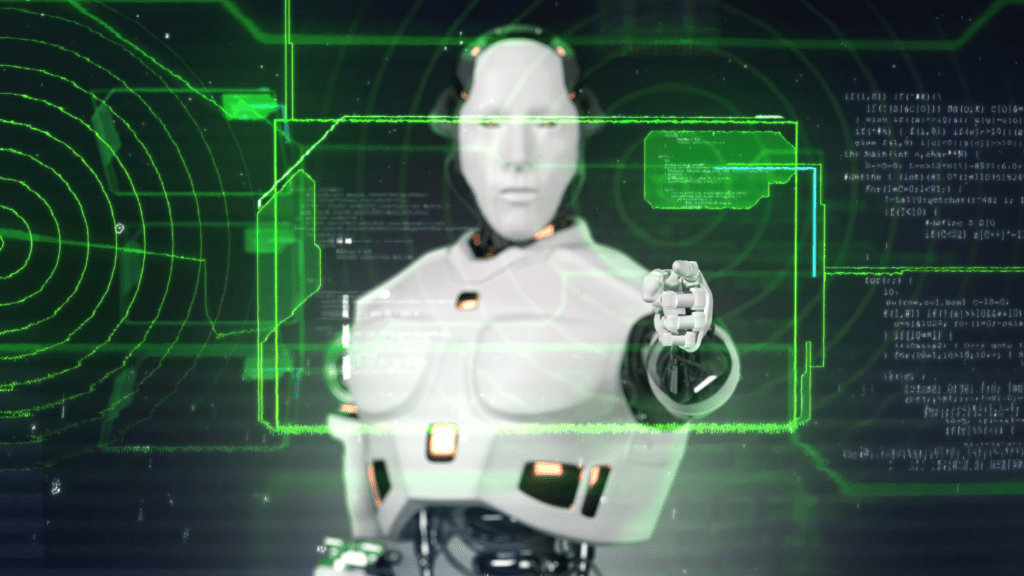Exciting advancements in cutting-edge robotics and automation are revolutionizing industries across the globe. From autonomous vehicles navigating city streets to robotic arms streamlining manufacturing processes, the integration of robotics is reshaping the way we work and live. As a technology enthusiast, I’m constantly amazed by the innovative solutions that robotics and automation bring to various sectors.
In this article, I’ll delve into the latest trends and developments in the field of robotics and automation, exploring how these technologies are enhancing efficiency, precision, and safety in diverse applications. Join me on a journey through the world of robotic innovation, where intelligent machines are pushing boundaries and transforming the future of work and productivity.
Current Trends in Cutting-edge Robotics
Advancements in Artificial Intelligence
Innovations in artificial intelligence have propelled cutting-edge robotics to new heights. AI algorithms are enabling robots to learn from data, adapt to new situations, and make autonomous decisions. This breakthrough has revolutionized industries by enhancing operational efficiency and driving productivity.
Enhancements in Robotic Sensory Technology
Robotic sensory technology has undergone significant enhancements, allowing robots to perceive and interact with their environment more intelligently. Advanced sensors enable robots to navigate complex surroundings, avoid obstacles, and collaborate safely with humans. These innovations are paving the way for robots to perform tasks with precision and dexterity.
The Role of Automation in Manufacturing
Automation plays a pivotal role in revolutionizing various processes within manufacturing. The integration of cutting-edge robotics and automation technologies not only enhances operational efficiency but also ensures precision and safety in production lines. Let’s delve deeper into two key aspects where automation is reshaping the manufacturing landscape.
- Cobots in Assembly Lines
Collaborative robots, or cobots, are redefining assembly lines by working alongside human workers to streamline production processes. Cobots are designed to perform repetitive or strenuous tasks, allowing human workers to focus on more intricate activities that require decision-making or creative thinking. The seamless interaction between cobots and humans not only improves productivity but also enhances workplace safety by reducing the risk of accidents. This collaborative approach also paves the way for a more efficient allocation of resources, leading to optimized manufacturing workflows. - Automated Quality Control Systems
Automated quality control systems leverage advanced technologies such as machine learning and computer vision to inspect, analyze, and certify the quality of products swiftly and accurately. These systems can detect even minor defects or deviations from specifications, ensuring that only products meeting stringent quality standards proceed down the production line. By automating quality control processes, manufacturers can minimize waste, reduce production costs, and deliver high-quality products consistently. The integration of automated quality control systems not only enhances product quality but also boosts overall operational efficiency within manufacturing facilities.
Innovations in Robotics for Healthcare

Robotic surgeries have revolutionized the medical field, allowing for minimally invasive procedures with greater precision and reduced recovery times. These advanced systems provide surgeons with enhanced dexterity and control, leading to improved outcomes for patients undergoing complex operations.
Patient care robots play a crucial role in healthcare facilities by assisting with tasks like medication delivery, patient monitoring, and even providing companionship to individuals in need. These robots help streamline healthcare processes, allowing medical staff to focus more on patient care while ensuring efficiency and accuracy in various healthcare routines.
Future Perspectives in Robotics and Automation
In discussing the future of robotics and automation, predictive AI and machine learning play a pivotal role in driving advancements. The ability of robots to leverage predictive algorithms and machine learning models enhances their decision-making capabilities and overall performance. This integration allows robots to adapt to new situations, troubleshoot challenges, and continuously improve their functions.
Predictive AI and Machine Learning
In the realm of robotics and automation, predictive AI and machine learning are revolutionizing capabilities. Robots equipped with predictive algorithms can anticipate outcomes based on data analysis, enabling them to make informed decisions autonomously. Machine learning algorithms empower robots to learn from experience, refine their processes, and enhance their efficiency over time. By leveraging these technologies, robots can predict failures, optimize workflows, and deliver more precise results.
Robotics in Everyday Life
The integration of robotics into everyday life is becoming increasingly prominent. From household chores to transportation and entertainment, robots are enhancing convenience and efficiency. Automated vacuum cleaners, self-driving cars, and robotic companions are just a few examples of how robotics is transforming daily activities. As these technologies continue to advance, they are poised to revolutionize various aspects of our lives, making tasks easier, more enjoyable, and seamlessly integrated with automation.


